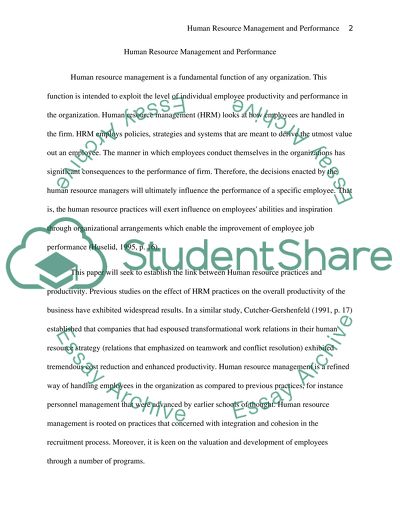Cite this document
(“Human Resource Management and Performance Essay”, n.d.)
Retrieved from https://studentshare.org/human-resources/1675770-human-resource-management-and-performance
Retrieved from https://studentshare.org/human-resources/1675770-human-resource-management-and-performance
(Human Resource Management and Performance Essay)
https://studentshare.org/human-resources/1675770-human-resource-management-and-performance.
https://studentshare.org/human-resources/1675770-human-resource-management-and-performance.
“Human Resource Management and Performance Essay”, n.d. https://studentshare.org/human-resources/1675770-human-resource-management-and-performance.


